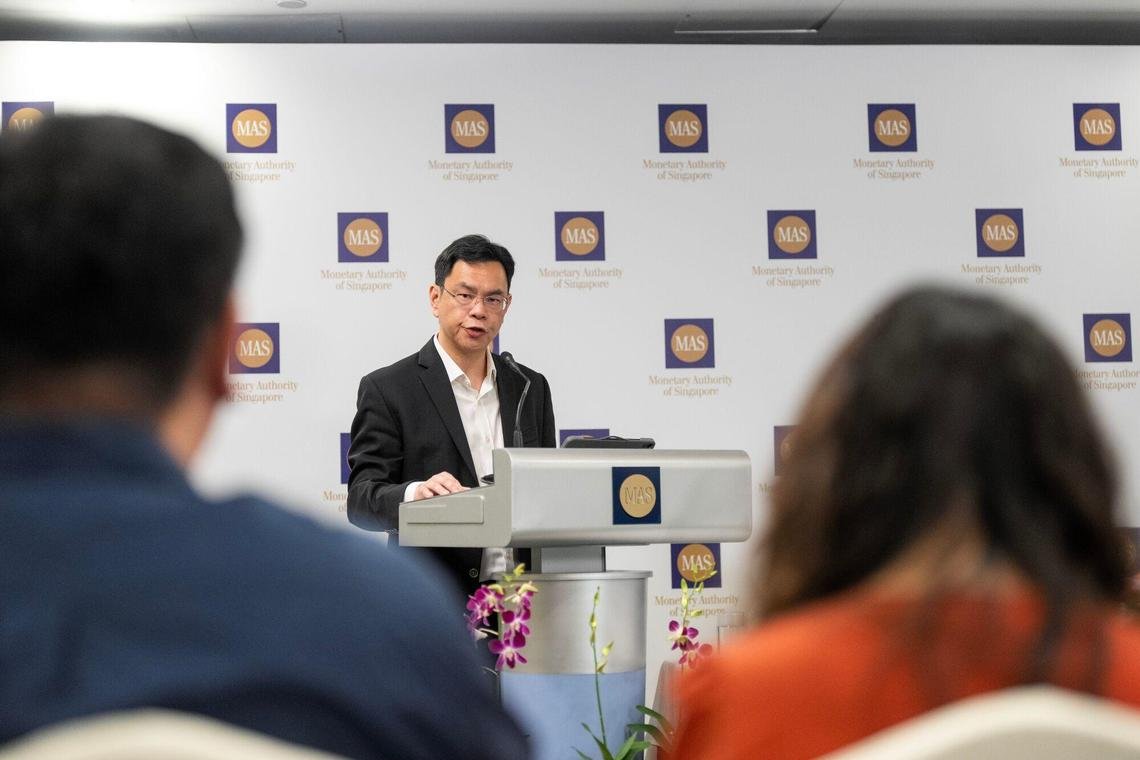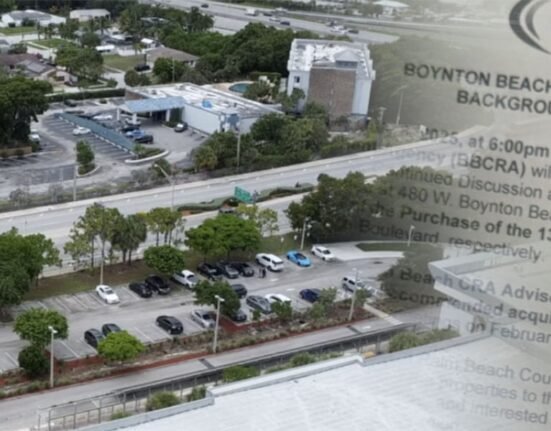SINGAPORE – A better-than-expected performance of the global financial markets has propelled the Monetary Authority of Singapore (MAS) to generate higher net profits driven by investment gains.
The MAS said on July 15 that it recorded a net profit of $19.7 billion in the fiscal year ended March 31, 2025. This is up sharply from the net profit of $3.8 billion for the preceding fiscal year.
The central bank’s managing director Chia Der Jiun told a media briefing the $19.7 billion net profit was driven by investment gains of $31.4 billion from the management of MAS’ foreign investments.
For the year ended March 31, 2024, MAS reported $12.7 billion in investment gains.
Global markets generally performed well, amid resilient global growth and moderating inflation.
The investment gains were mainly from interest income, dividends and realised gains from the management of MAS’ foreign investments. All major asset classes including developed markets and emerging markets bonds and equities posted positive returns.
Over the past 10 years, the average annual investment gain was $14.8 billion, Mr Chia said.
The investment gains for the latest fiscal year were partially offset by a negative currency translation effect of $3.4 billion, and the net expense of $8.3 billion, mainly from money market operations to manage banking system liquidity, after offsetting interest income from Reserves Management Government Securities (RMGS).
RMGS is a type of non-marketable security issued by the Government to MAS to facilitate the transfer of excess Official Foreign Reserves (OFR) to the Government for longer-term management by sovereign wealth fund GIC.
As part of monetary policy implementation, MAS may accumulate OFR in excess of the amount it requires for the conduct of monetary policy and support of financial stability.
Under such circumstances, MAS may subscribe to RMGS to transfer OFR above what it requires to the Government for longer-term management by GIC. This enables such foreign assets to be invested in longer-term, higher-yielding assets.
In the fiscal year ended March 31, 2025, MAS transferred $26 billion to the Government for management by GIC.
Taking into account redemptions of RMGS, outstanding RMGS holdings increased from $260.1 billion to $274.1 billion. MAS received $10.4 billion in interest income from its holdings of RMGS.
Mr Chia said as MAS’ financial results are reported in Singapore dollars, currency movements of the Singapore dollar against foreign currencies of the OFR will result in translation effects in its financial statements.
Currency translation effects are a consequence of MAS’ conduct of exchange rate-based monetary policy. These currency translation effects have no impact on the international purchasing power of the OFR, or on MAS’ ability to conduct monetary policy and support financial stability.
In the fiscal year ended March 31, 2025, currency translation effects were negative and amounted to $3.4 billion, due primarily to a strengthening of the Singapore dollar against the US dollar.
Mr Chia warned that MAS’ investment performance may be affected by global economic uncertainties in the coming year.
He noted that Singapore’s financial markets continue to function normally despite the global uncertainties.
The appreciation of the Singapore dollar against the US dollar has been accommodated within the policy band, while the extent of the Singapore dollar nominal effective exchange rate – or S$Neer – appreciation has been tempered by the trade-weighted basket of currencies.
Domestic interest rates have been falling in tandem with trends in the region.







